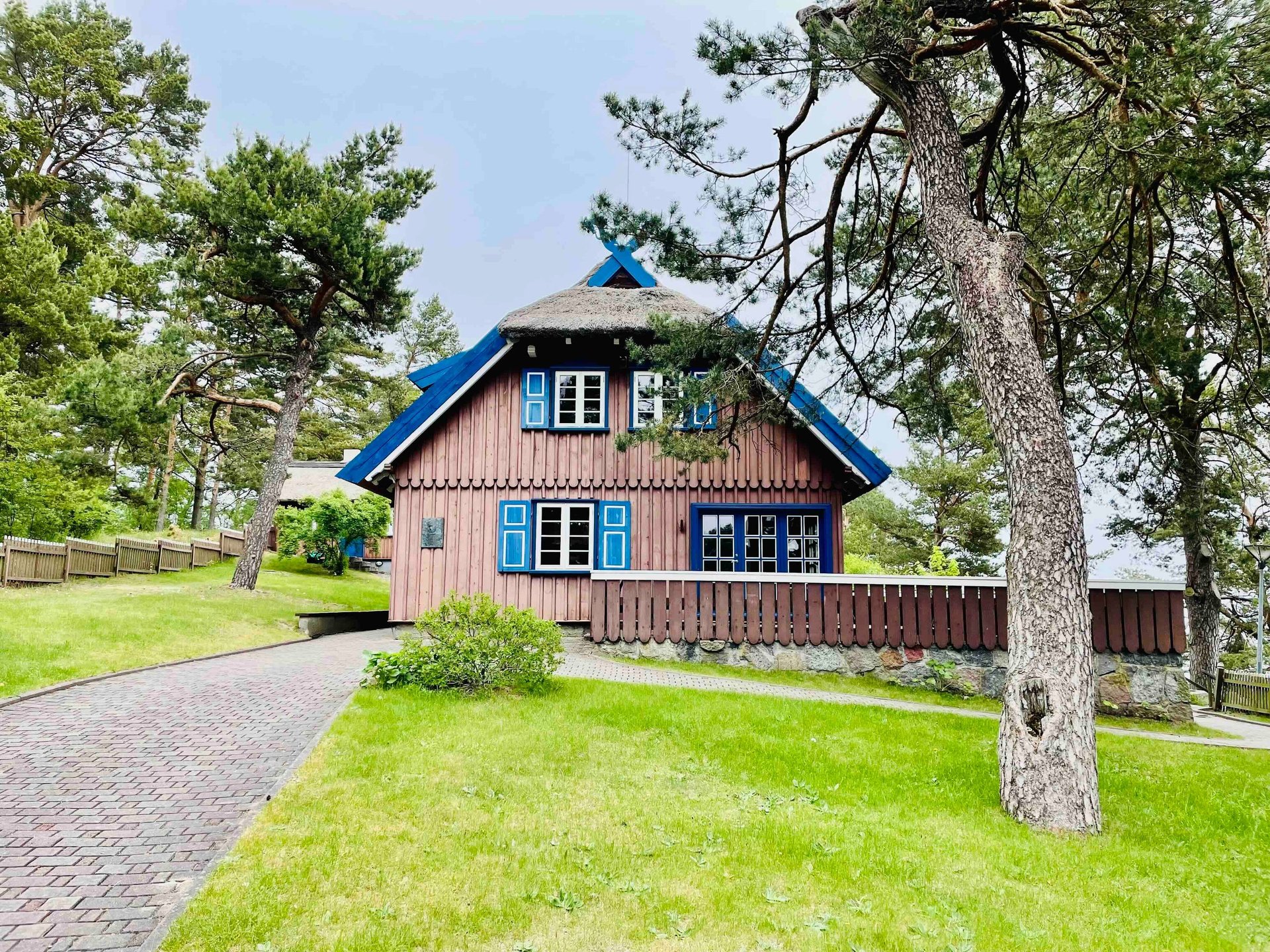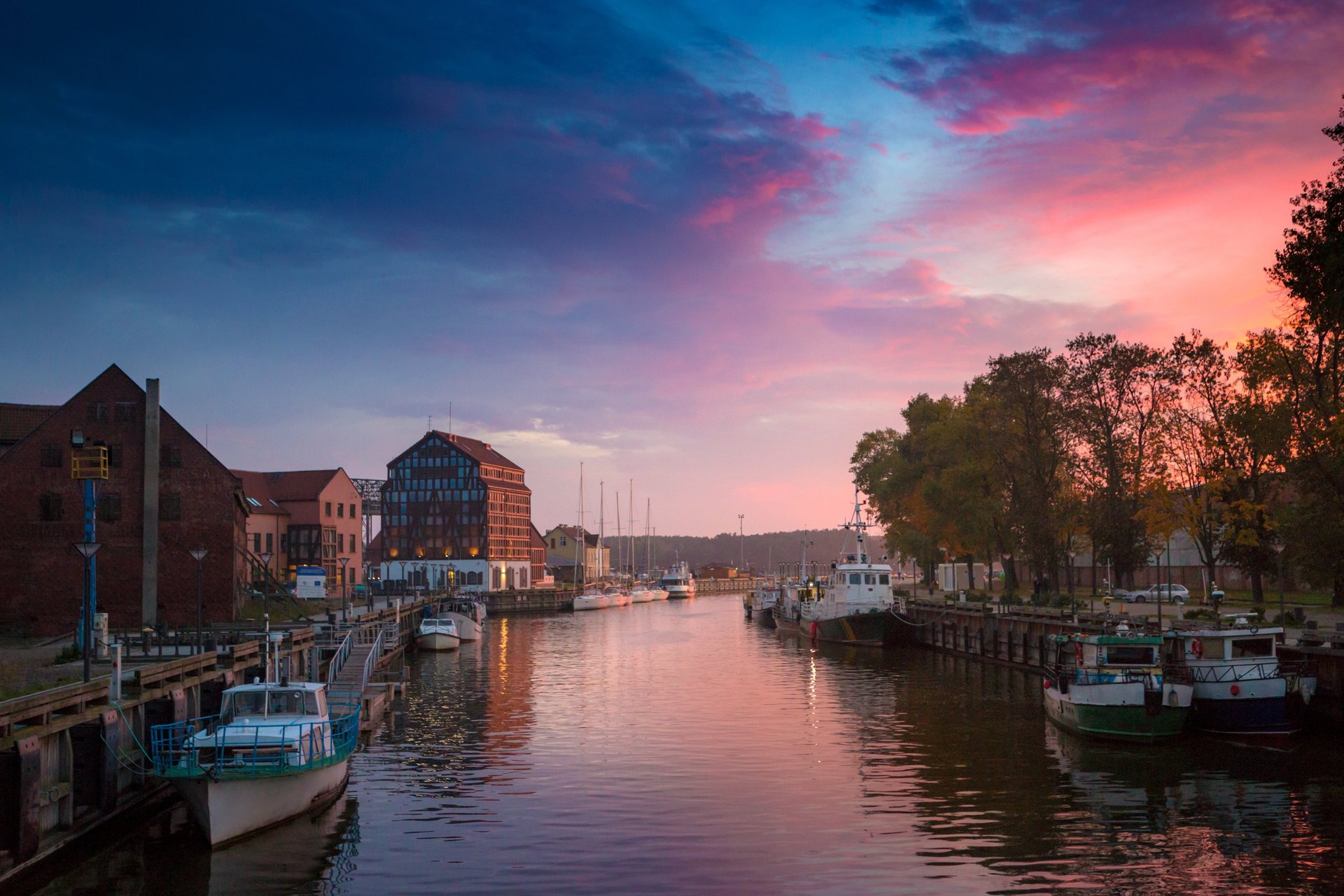
The small town of Nida sits at the southern Lithuanian end of a remarkable geological formation known as the Curonian Spit.
The spit starts at the sea gate of Klaipeda and runs for a 100 km south into the Russian territory of Kaliningrad. Nida is about 50 km south of Klaipeda and is on the border with Kaliningrad (Russia). The Curonian Spit, (also called Neringa) has been named as a UNESCO World Heritage Site of outstanding natural beauty and is a Lithuanian National Park. Neringa is forested with linden, elm, birch and pine and is home to a wide variety of wildlife, including wild boar, deer and fox.
The Curonian Spit is also a quiet and popular nesting place and an important bird migration route. At Lybio Ragas, just south of Juodkrante, you can see whooper swans, cormorants, white-tailed eagles, red-throated divers, sheldrakes, and herons. Moving on there is a large two-hectare colony of grey herons and cormorants nesting side by side.
The Nagliai nature reserve is known for the “Dead Dunes”. The entire length of the dunes is made up of ravines of the most intricate patterns blown by the wind. The dunes and sand hills are covered by grassy flora. Between 1675 and 1854 the sand blown by the westerly winds buried four villages in the area of Nagliai. The Dead Dunes are closely protected and visitors have to keep to the designated paths.
Neringa offers a peaceful, soul-cleansing alternative to the rush and bustle of normal life and is worth visiting at any time of year. The Curonian lagoon, which runs on the eastern side of the spit, freezes over in winter and is an extraordinary site to behold.
Nida - UNESCO World Heritage Site
Museums in Nida
The summer house of Nobel Prize-winning German author Thomas Mann (1875–1955), who spent the summers of 1930 and 1931 in Nida, is now a museum overlooking the Curonian Lagoon. The exhibition of the museum presents the writer's life and creative work, both in Nida and abroad.
Address: Skruzdynės str. 17
Thomas Mann house-museum
Ethnographic Fisherman's Museum
The Ethnographic Fisherman’s Museum is established in a restored 19th-century wooden cottage in Nida. The exhibition of the museum presents the traditional lifestyle of fishermen and displays fishing tools and household items from the late 19th and early 20th century.
Address: Naglių str. 4
The Castle Museum is established in the remains of Klaipeda Castle. The exhibition of the museum represents the history of the Klaipeda castle as well as the Klaipeda city.
Address: Priešpilio str. 4
Klaipeda Castle Museum
Museum represents WWII in Klaipėda city and reveals how city and its history was shaped by Nazi Germany and Soviet Union.
Address: Priešpilio str. 4
Museum 39/45
Located inside the complex of Castle museum, this museum represents everyday life and culture of the city's residents from the 13th to the 18th centuries.
Address: Priešpilio str. 4
Exposition "Kurtina"
The museum's exhibitions encompass Lithuania's maritime history and the diverse marine life of the Baltic Sea. Highlights include an aquarium with an 18-meter acrylic tunnel, a dolphinarium, and displays of traditional fishing vessels.
Address: Smiltynės str. 3
Lithuanian Sea Museum

© 2025. All rights reserved.
Personalized shore excursions in port of Klaipeda.
Meja Travel
Contact US:
